- On the ancient Silk Road, Xi'an was one of the starting points, and Central Asia was the only place to pass through
- The ancient Silk Road is the bond of cooperation between the East and the West, and ancient and modern currencies silently tell the story of the Silk Road between China and Central Asian countries
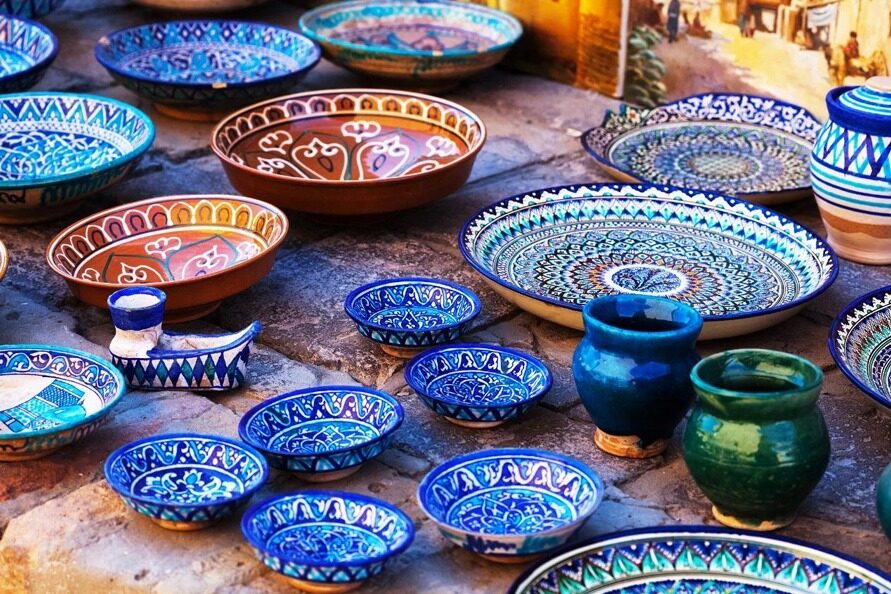
The ancient Silk Road lasted for thousands of years, witnessing the prosperity of countless envoys and business travelers. On this link of East-West cooperation, coins are just like buttons, recording the grand occasion of trade and barter, knowledge exchange and friendly exchanges between China and foreign countries at that time.
Xi'an: Foreign ancient coins look like Kaiyuan Tongbao
In Xi'an City, Shaanxi Province, the Tang West City Museum was built on the site of the West City in Chang'an City in the Sui and Tang Dynasties. Datang West Market is an important international trade market on the ancient Silk Road. Merchants from Central Asia, South Asia and other regions once lived here to do business. In the silk road ancient coin exhibition area of the museum, a foreign ancient coin has a special meaning.
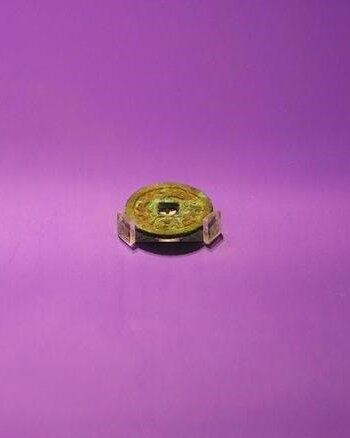
Ancient coins of Tuqishi Khanate collected in Xi'an Datang West Market Museum
Lin Zhe, deputy director of the Museum’s Exhibition and Propaganda Department, translated the silent language of the coin for the reporter—this ancient coin came from the Tuqishi Khanate at that time. In the current Central Asia, the shape of the coin is very similar to the Kaiyuan Tongbao of the Tang Dynasty, with a square hole. Round money with a hole in the middle for easy carrying. A small coin shows the imprint of the mutual influence and integration of Chinese and foreign cultures at that time.
Lin Zhe said that the Silk Road is not only a commercial route, but also an economic road, cultural road and communication road.
Tashkent: The Silk Road on Banknotes
Today, the currencies of different countries continue to tell the story of Sino-foreign exchanges and cooperation. The first version of banknotes issued by Uzbekistan in 2021 is designed with the theme of the ancient Silk Road, and the pattern selects elements such as cultural buildings, archaeological sites, and unearthed cultural relics on the Silk Road.
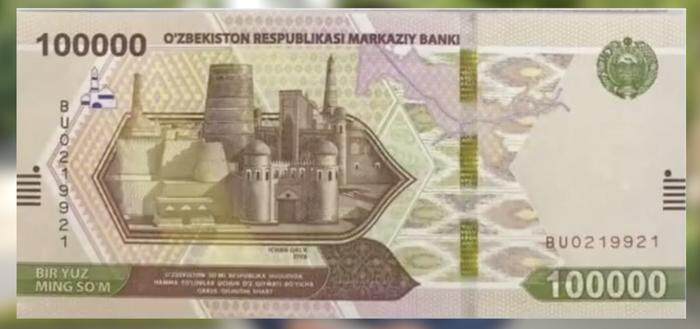
The watermark pattern on this set of banknotes is a camel, reminiscent of the sound of camel bells that echoed for thousands of years on the ancient Silk Road, showing the close business ties and friendly exchanges between China and Central Asia since ancient times.
Dushanbe: Chinese Construction on Banknotes
On the 200 somoni banknotes of Tajikistan, there is a magnificent building - the National Library of Tajikistan. The building, built by a Chinese company, is very popular in the local area. It integrates urban landmarks, cultural activities, and a cultural center, and is also a symbol of the friendship between China and Tajikistan. Currencies carry the rich history of each country, show the cultural features of different regions, and play an important role in promoting business exchanges, promoting cultural integration, and enhancing friendship between peoples.
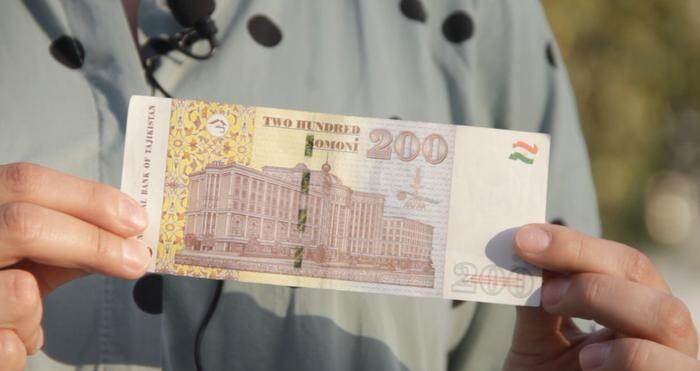
Tajikistan 200 somoni banknotes
Today, Central Asia is the first place to jointly build the Belt and Road Initiative, and it is also a benchmark for interconnection. In the future, there will be more buttons like currency, which will continue to tell the story of the new Silk Road of good-neighborly friendship and win-win cooperation. Editor/He Yuting
Comment
 Praise
Praise
 Collect
Collect
 Comment
Comment
 Search
Search


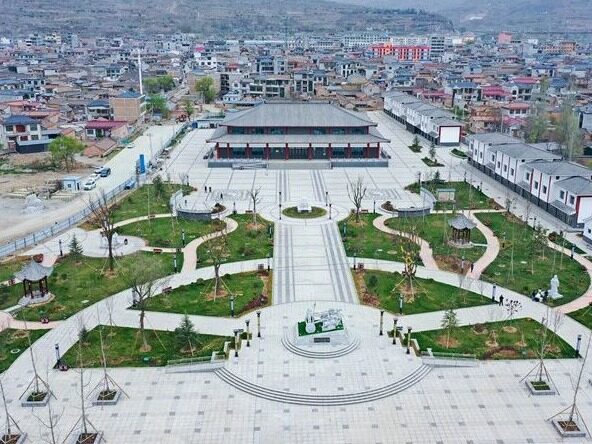
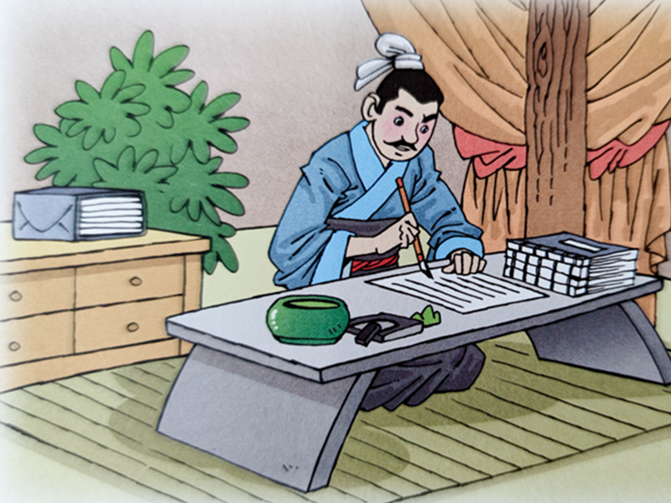
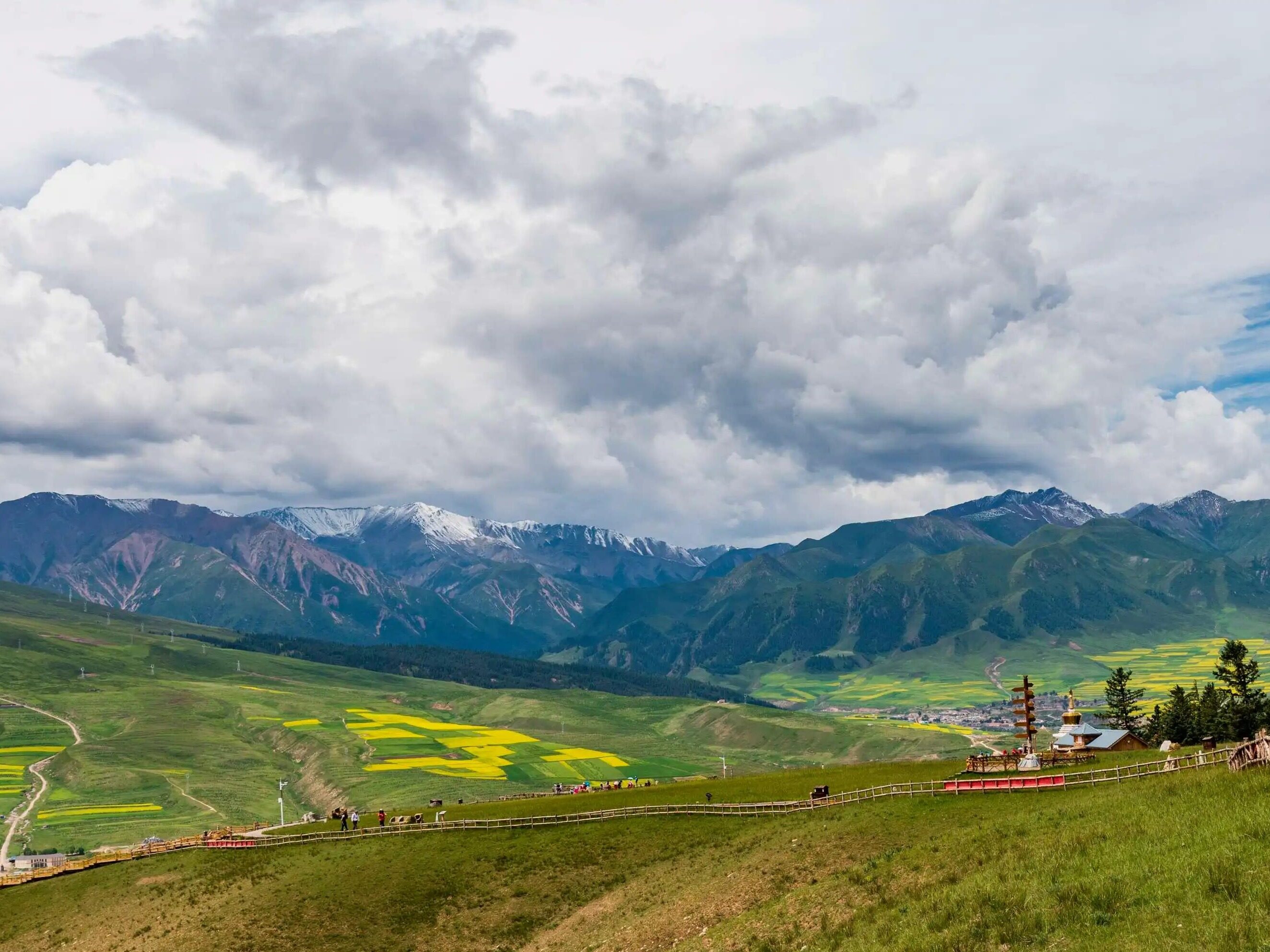
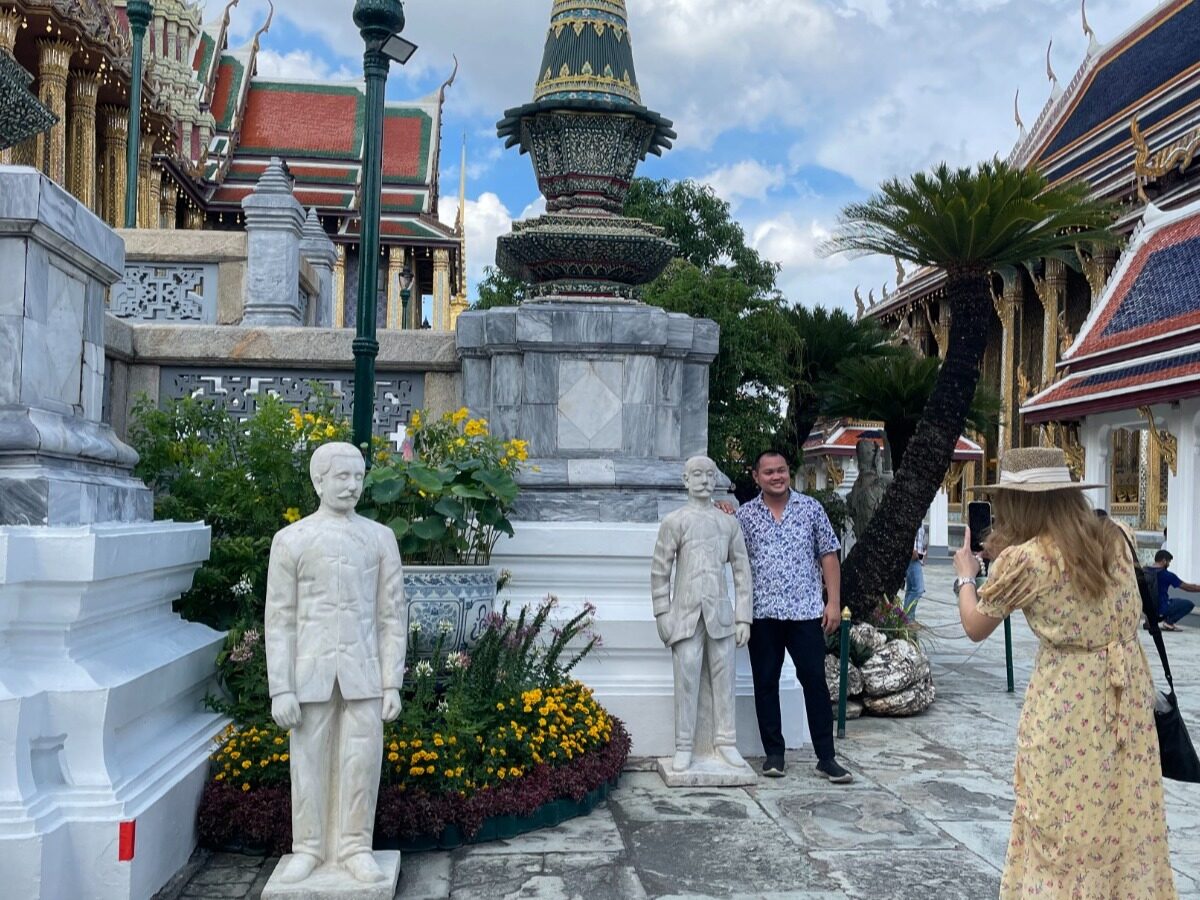
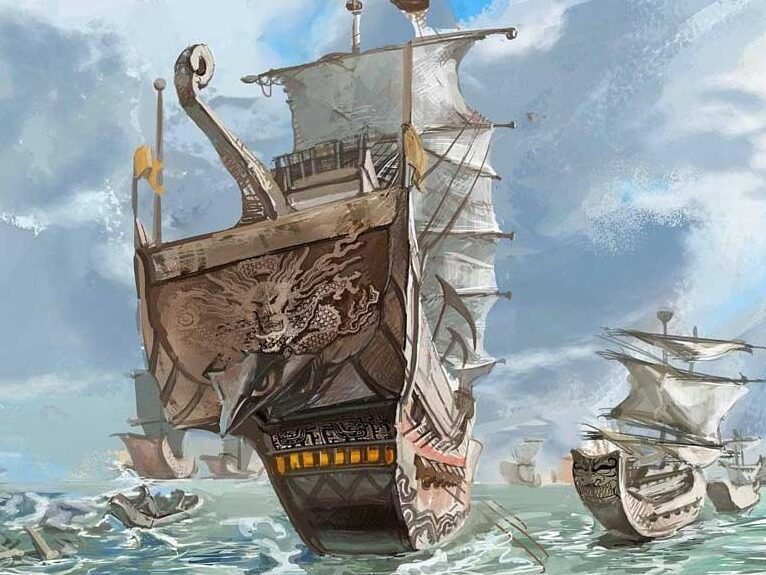
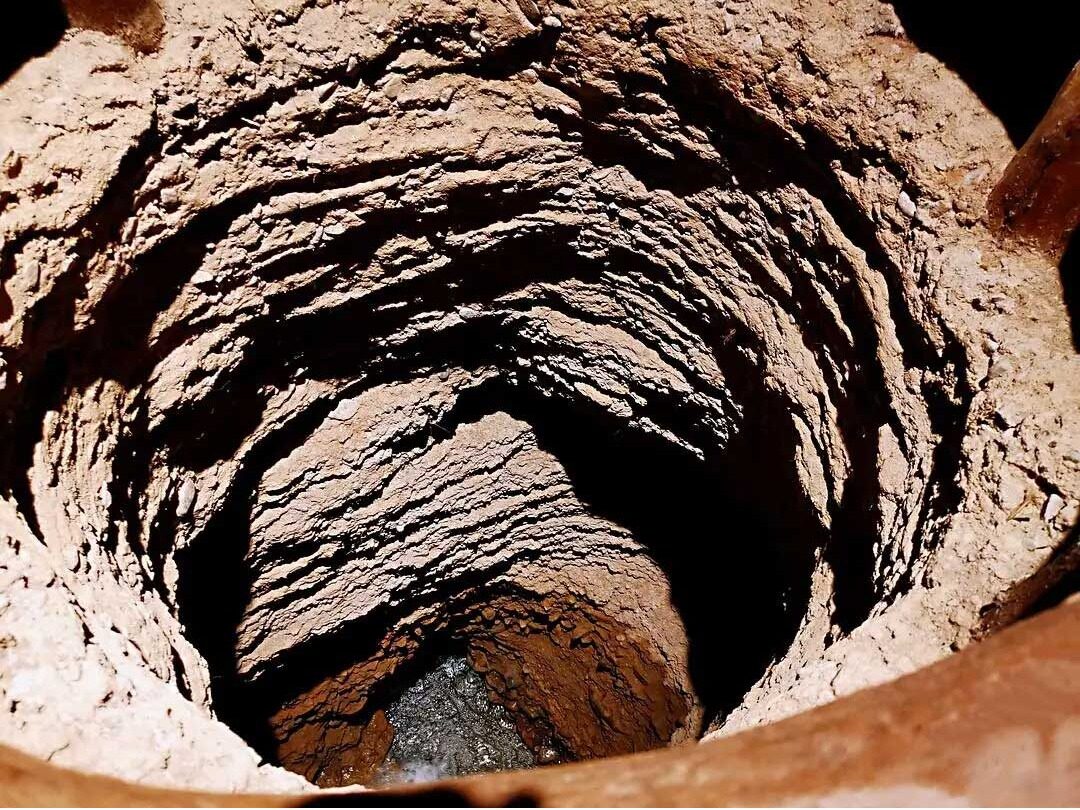






Write something~